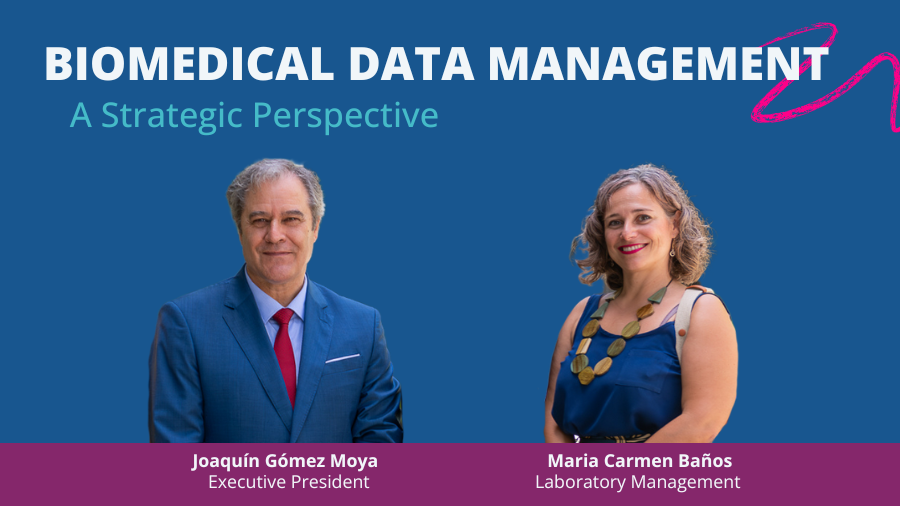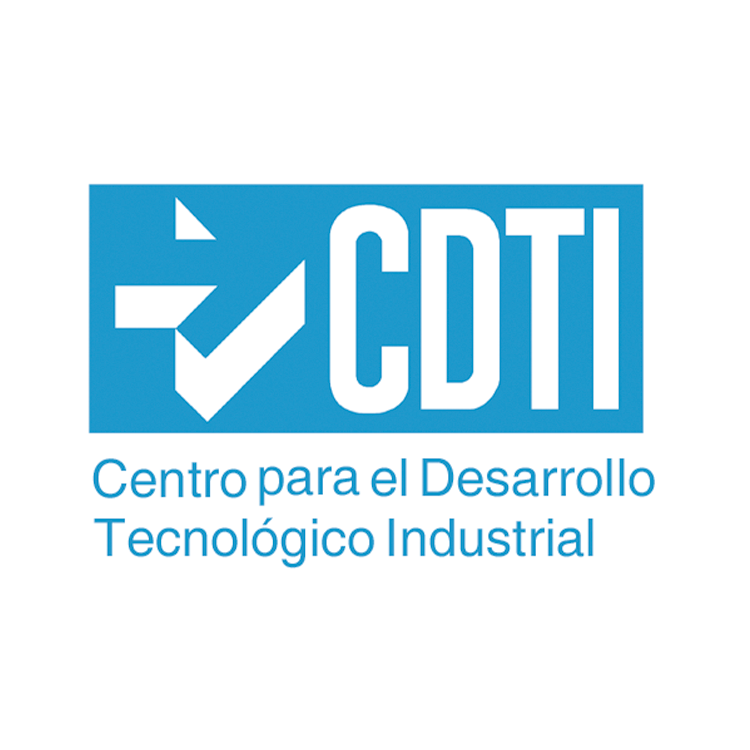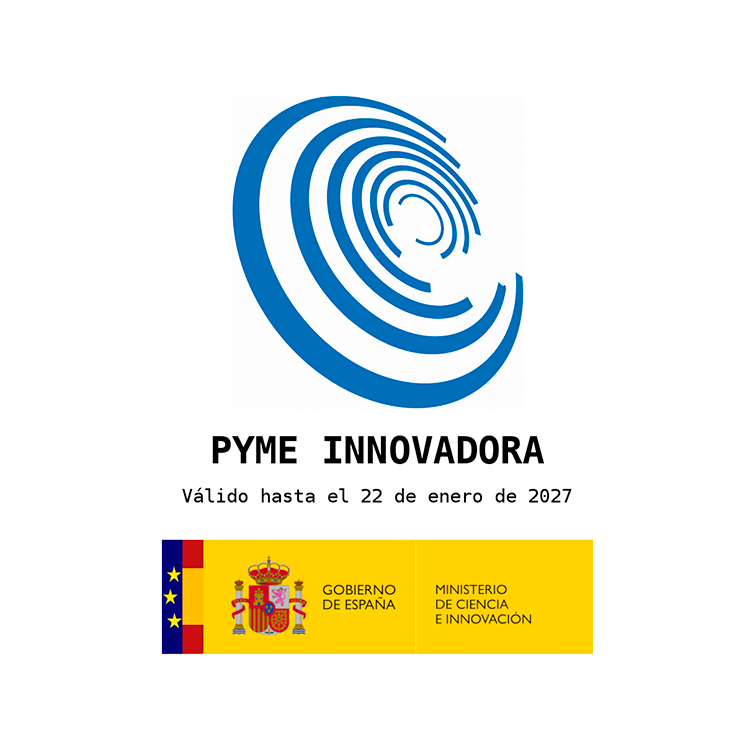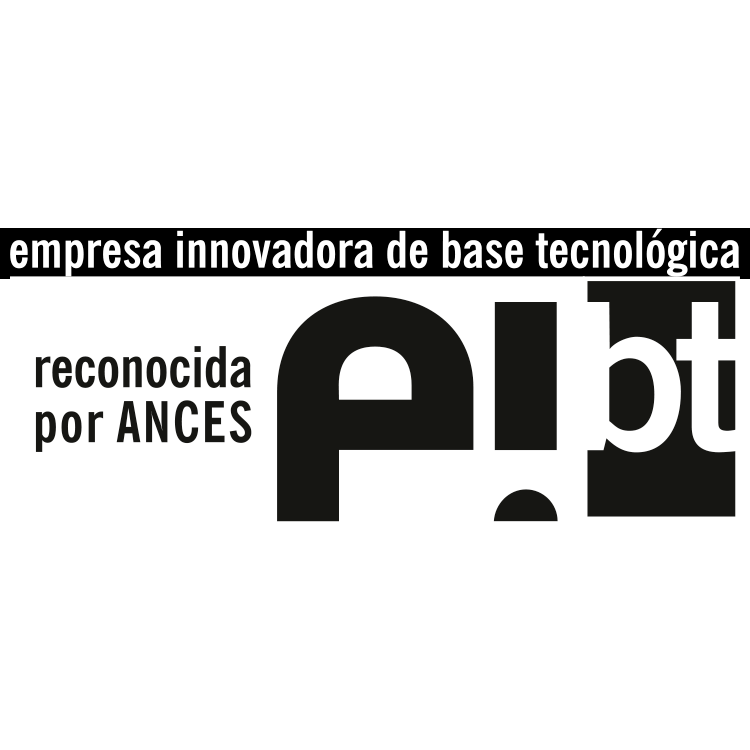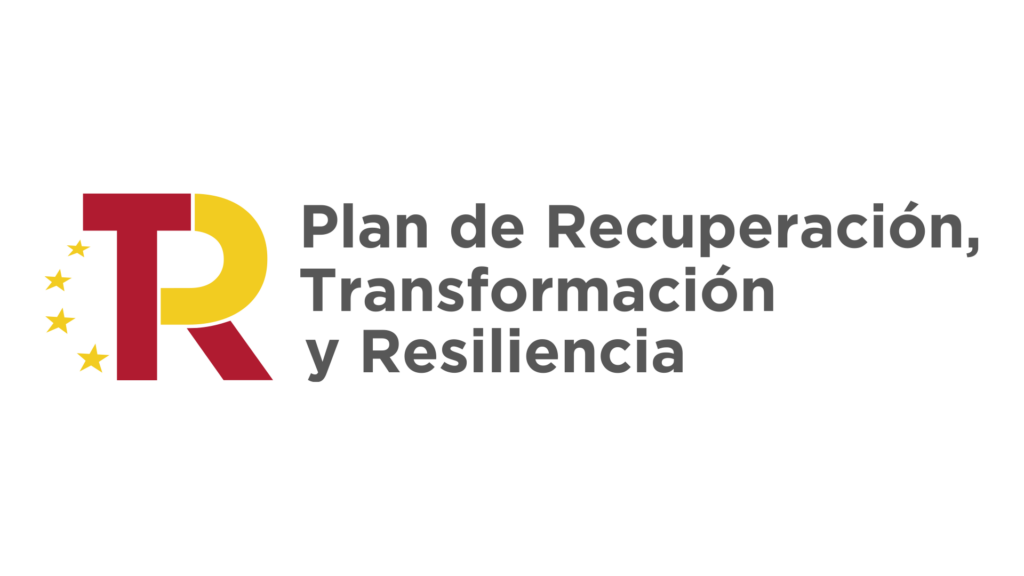At Viva In Vitro, biomedical data is of essence in our mission to deliver innovative and reliable solutions that improve clinical outcomes for septic patients.
Two categories of data—clinical data and laboratory assay data—are particularly strategic for generating value. These require rigorous planning, precise execution, and strict adherence to regulatory standards. This article, co-authored by Mari Carmen Baños, Laboratory Manager, and Joaquín Gómez Moya, Executive President, outlines the principles that guide our approach to managing these critical data assets effectively.
Planning: Building a Strong Foundation
Effective planning is essential for generating high-quality biomedical data. Each experiment must begin with a clearly defined scope and objective, supported by the following key elements:
- Risk Analysis: Anticipating challenges and determining the necessary number of repetitions or control group samples to ensure robust outcomes.
- Efficient Scheduling: Developing timelines that account for the extended nature of experiments while accommodating unpredictability, such as irregular sample availability in sepsis studies.
- Resource Allocation: Budgeting for timely provision of materials, equipment, and personnel to avoid delays and ensure operational efficiency.
A well-structured plan not only ensures smooth execution but also sets the stage for reliable data generation that meets both scientific and business goals (you may recall our article on Capital Efficiency).
Execution: Precision and Flexibility
The execution phase demands a balance between agility and rigor to adapt to evolving circumstances without compromising quality. Key factors include:
- Task Allocation: Assigning qualified personnel to meet project timelines while ensuring redundancy for critical tasks.
- Digital Tools: Utilizing advanced software solutions to streamline workflows, track inventory, and monitor progress against plans in real time.
- Cost Monitoring: Continuously tracking expenses to maintain alignment with budgetary constraints and avoid overspending.
For sepsis studies—where delays can arise from unpredictable sample collection rates—these measures are vital for maintaining momentum while safeguarding data integrity. And decoupling preparatory phases from time-sensitive procedures, may achieve greater resource utilization efficiency.
Control and Documentation: Transforming Data into Strategic Assets
Proper documentation and secure storage of experimental data are not just regulatory requirements—they are imperatives for protecting intellectual property and enabling innovation.
At Viva In Vitro, we employ advanced solutions such as Blockchain-based evidence recording to ensure compliance with the European Directive on the Protection of Trade Secrets while safeguarding our discoveries.
In our experience, diligent record-keeping transforms raw data into actionable insights that drive diagnostic innovations. By adhering to strict protocols for data reliability and accessibility, we aim to create value not only for patients—our foremost priority—but also for partners and society at large.
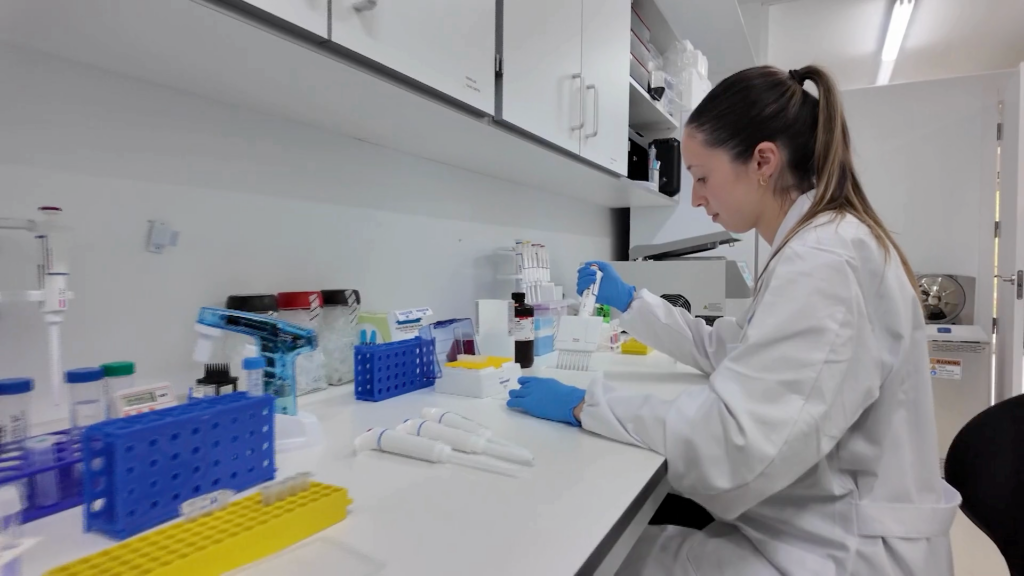
Our Vision: From Science to Business
Biomedical data management is more than a technical requirement; it is instrumental at the time of building a competitive advantage in a biomed company, especially nowadays that a data lake may become an asset on itself. We believe that excellence in planning, execution, and control is the foundation upon which groundbreaking medical advancements are built–and, who knows, strategic alliances with a view to opening frontiers in novel therapies–.
This shared commitment between laboratory operations and executive leadership conveys our vision: integrating scientific precision with strategic markets management is a steppingstone in the path to the forefront of European biomedical research.
Co-authored by
Mari Carmen Baños
and Joaquín Gómez Moya
